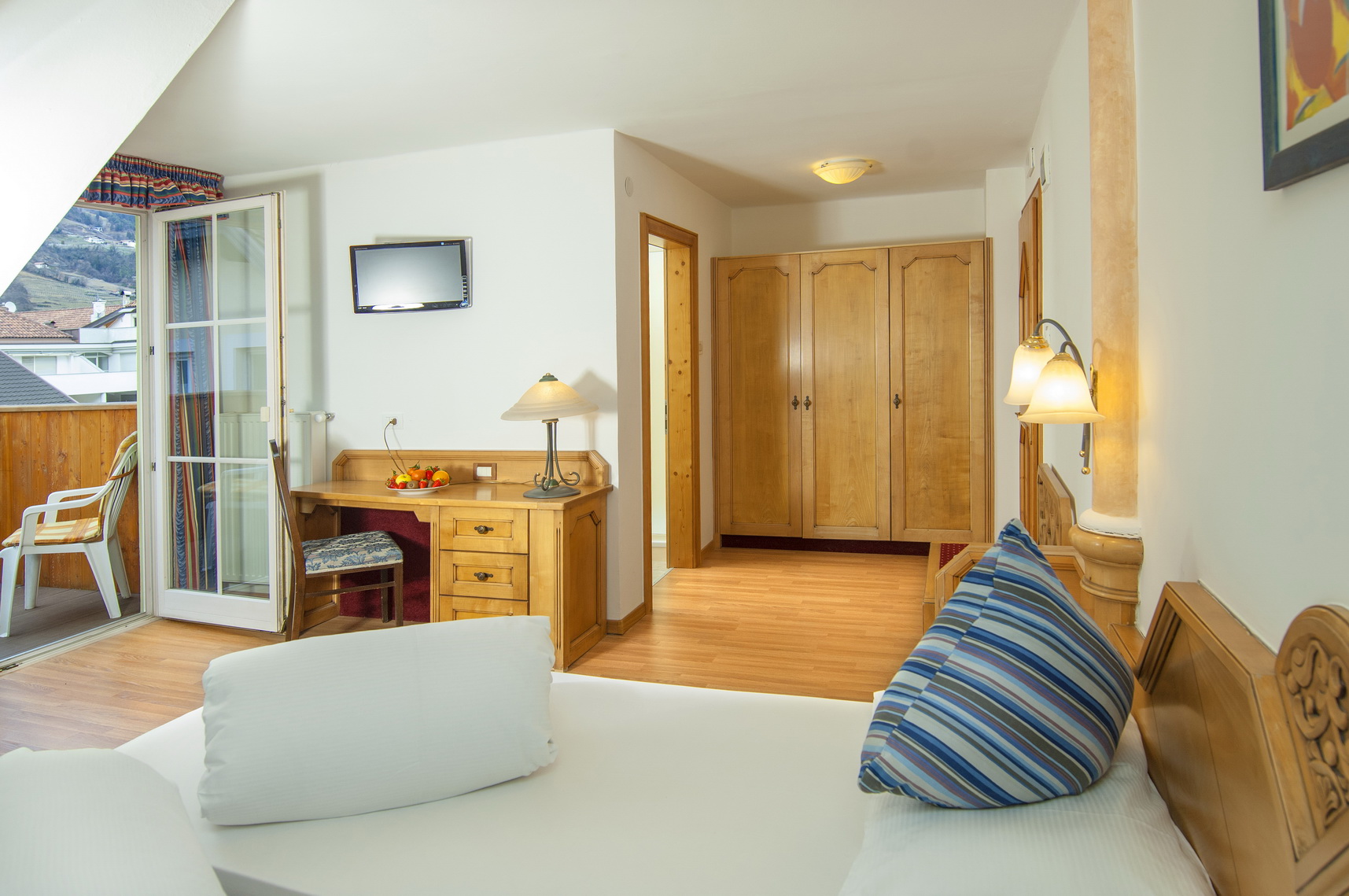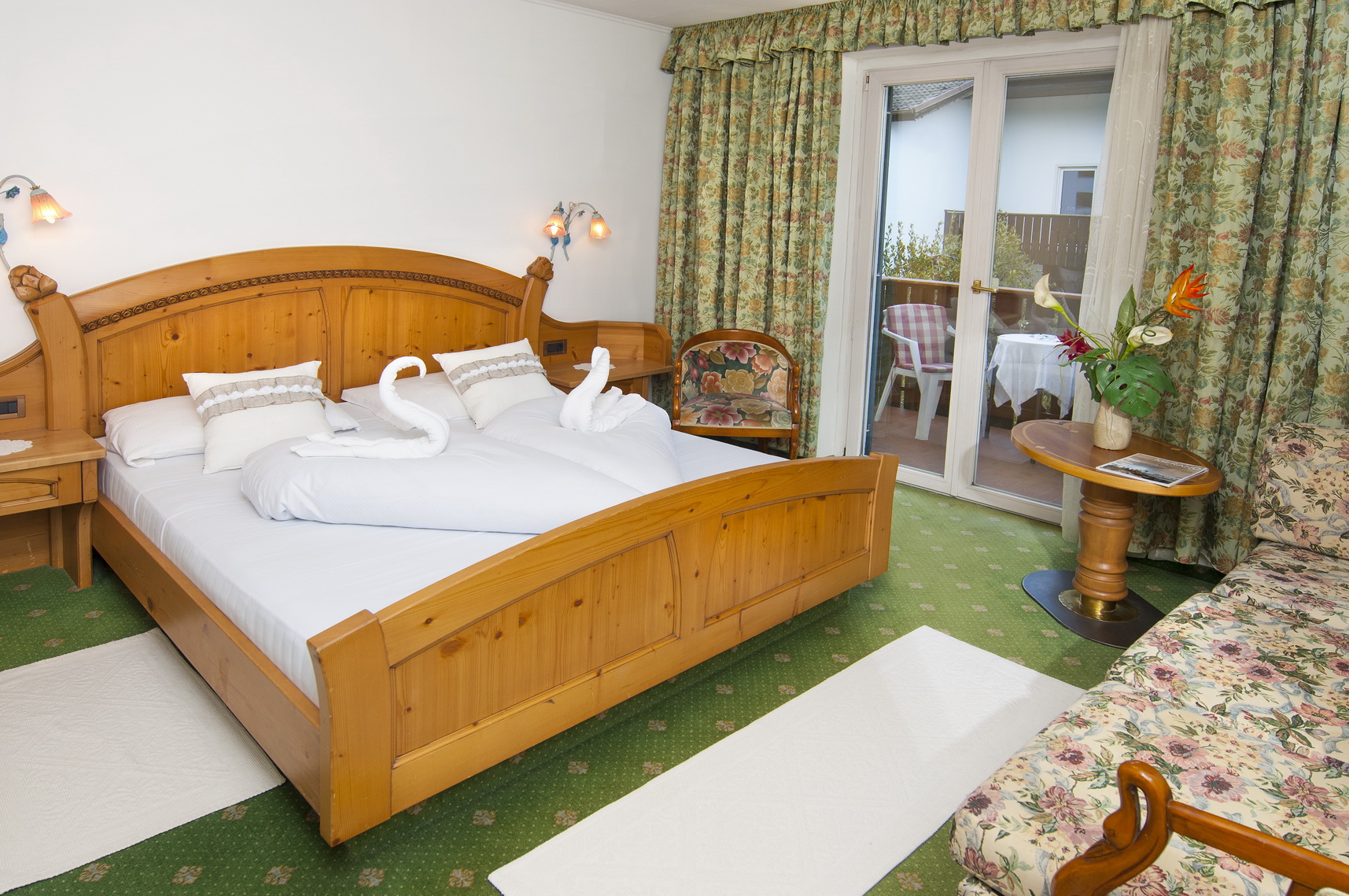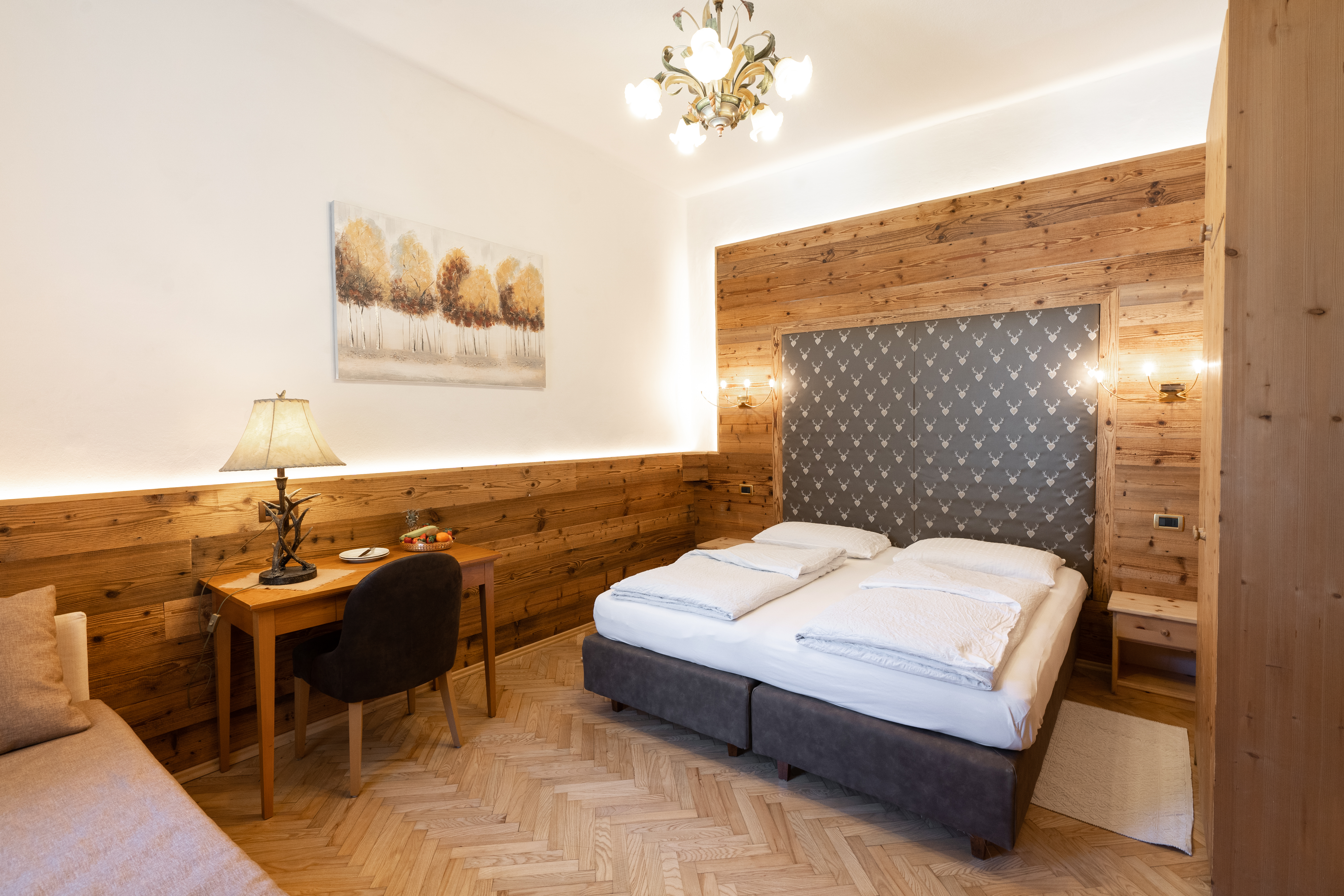How Historical Building Blocks Shape Modern Towns like My Sweet Town
1. Introduction: The Influence of Historical Building Blocks on Modern Towns
Urban development is a complex process rooted in centuries of architectural innovation, planning principles, and cultural evolution. At its core, the concept of “building blocks” refers to the fundamental elements—be they physical structures, planning strategies, or cultural features—that collectively shape the identity and resilience of a town.
Throughout history, civilizations have introduced groundbreaking innovations that continue to influence how modern towns are designed and function. These innovations include strategic city layouts, durable building materials, and cultural landmarks that foster community identity. An illustrative example of this ongoing legacy can be seen in My Sweet Town, which exemplifies how historical foundations can inspire contemporary urban aesthetics and functionality.
- The Concept of Structural Foundations in Urban Planning
- Cultural and Commercial Building Blocks
- The Evolution of Building Materials and Techniques
- Unexpected Historical Inventions and Their Impact
- Modern Urban Design Inspired by Historical Principles
- The Future of Town Building
- Conclusion
2. The Concept of Structural Foundations in Urban Planning
a. How early civilizations laid foundational principles for city design
Ancient civilizations, such as Mesopotamia, Egypt, and the Indus Valley, established core principles of urban planning that still underpin modern city layouts. They prioritized strategic placement of city blocks to optimize defense, resource distribution, and social organization. For example, the grid plans of ancient Greek and Roman cities, like Pompeii and Athens, served as models for efficient navigation and expansion.
b. The importance of strategic block placement to ensure stability and growth
Proper placement of buildings and streets creates a resilient urban fabric that can adapt over time. For instance, medieval European cities often employed concentric rings of walls and organized streets to facilitate defense and commerce, principles still relevant in contemporary urban resilience planning.
c. Case studies of ancient cities illustrating effective block organization
| City | Design Features | Influence on Modern Planning |
|---|---|---|
| Ancient Rome | Grid layout, central forums, and organized districts | Foundation for modern city grids and zoning |
| Indus Valley (Mohenjo-Daro) | Highly organized grid with drainage systems | Emphasized sanitation and urban order |
| Ancient Greece (Athens) | Agora-centered planning with sacred and civic spaces | Influenced public space and civic design |
3. Cultural and Commercial Building Blocks: From Food Innovations to Urban Identity
a. The role of cultural innovations (e.g., food inventions like donuts and cotton candy) in shaping local identity
Cultural innovations, especially in cuisine, often become emblematic of a town’s identity. For example, the invention of cotton candy by a dentist in the early 1900s not only introduced a new confection but also contributed to the cultural fabric of American fairs and amusement parks. Such innovations foster community pride and distinctiveness.
b. How these cultural elements influence the aesthetic and social fabric of towns
Culinary traditions translate into visual and social features—festivals, architecture, and street layouts that celebrate local flavors. Towns often incorporate historic food venues or themed districts that reflect their cultural history, strengthening social bonds and attracting tourism.
c. Examples of towns that incorporate local culinary history into their urban identity
- Naples, Italy—famous for its pizza heritage reflected in street names and pizzerias clustered in historic districts.
- New Orleans—home of Creole cuisine, with vibrant markets and festivals that emphasize culinary history.
- Bakersfield, California—celebrates its agricultural and dairy roots through local food festivals and themed neighborhoods.
4. The Evolution of Building Materials and Techniques
a. Transition from traditional to modern construction methods
Historically, natural materials like stone, clay, and timber dominated construction. Over centuries, technological advances introduced steel, concrete, and synthetic materials, enabling taller, more durable structures. The Industrial Revolution marked a turning point, leading to skyscrapers and reinforced infrastructure.
b. How historical materials and techniques inform sustainable practices today
Many modern towns, including My Sweet Town, draw inspiration from historical methods like adobe, cob, and timber framing because of their sustainability. These techniques promote thermal efficiency and reduced carbon footprint, aligning with contemporary green building standards.
c. Impact on the resilience and adaptability of modern towns like “My Sweet Town”
Using a blend of traditional and modern materials enhances a town’s resilience to climate change and economic shifts. For example, integrating old-world craftsmanship with new technology results in structures that are both historically respectful and future-proof.
5. Non-Obvious Influences: Unexpected Historical Building Blocks
a. The role of strategic planning in preventing structural collapse
Ancient engineering feats, like the Romans’ aqueducts and bridges, showcase how strategic planning and structural ingenuity prevent collapse and ensure longevity. Modern urban planning continues to adopt these principles to safeguard infrastructure.
b. Unique historical inventions (e.g., the invention of cotton candy by a dentist) and their unintended influence on cultural development
Unexpected innovations often have lasting cultural impacts. The invention of cotton candy by dentist William Morrison and candy-maker John C. Wharton in 1897 exemplifies how an accidental discovery can spawn new entertainment and social traditions, influencing urban event spaces.
c. How seemingly unrelated innovations contribute to urban complexity
Innovations in transportation, communication, and leisure—initially unrelated—intertwine to create complex urban ecosystems. For example, the development of amusement parks, inspired by food and entertainment innovations, influences city layouts and zoning.
6. Modern Urban Design Inspired by Historical Principles: A Closer Look at “My Sweet Town”
a. How “My Sweet Town” exemplifies the integration of historical building blocks in its layout
“My Sweet Town” showcases thoughtful integration of historical planning concepts—such as grid-like street arrangements and civic spaces—reminiscent of ancient Roman and Greek cities. Its neighborhoods reflect layered history, blending old-world charm with modern amenities, creating a cohesive urban fabric.
b. The influence of strategic block placement and cultural history on its urban aesthetic
The town’s layout emphasizes accessible public spaces, cultural landmarks, and food districts that echo its heritage. This strategic placement fosters community engagement and sustains local identity, illustrating how historical principles remain vital today.
c. Lessons from history applied to current urban planning challenges
Incorporating resilient materials, preserving cultural landmarks, and ensuring efficient spatial organization are lessons from history that help towns like “My Sweet Town” adapt to modern demands—such as population growth and climate resilience.
7. The Future of Town Building: Learning from the Past to Shape Tomorrow’s Cities
a. Emerging trends in urban planning rooted in historical understanding
Today’s trends include adaptive reuse of historic structures, integrating green infrastructure, and participatory planning—principles that echo centuries-old strategies of resource optimization and community involvement.
b. The importance of preserving foundational building blocks amid modernization
Balancing innovation with preservation ensures that towns retain their unique identities while evolving sustainably. For example, maintaining historic districts within expanding urban areas fosters a sense of continuity and pride.
c. How “My Sweet Town” and similar towns can evolve while respecting their historical roots
By integrating modern technology with traditional planning and materials, towns can innovate without losing sight of their origins. This approach promotes resilience, cultural richness, and livability for future generations.
8. Conclusion: The Enduring Power of Historical Building Blocks in Shaping Modern Towns
“Understanding the roots of urban design reveals that the most enduring towns are those built on the foundations of history—resilient, meaningful, and adaptable.”
From ancient city layouts and innovative materials to unexpected inventions that shape cultural identity, historical building blocks continue to influence modern urban development profoundly. Recognizing and applying these principles allows towns like My Sweet Town to thrive while honoring their unique heritage.
As urban planners and residents look to the future, respecting these foundational elements ensures that cities remain vibrant, resilient, and deeply connected to their past—forming a bridge from history to tomorrow.

















